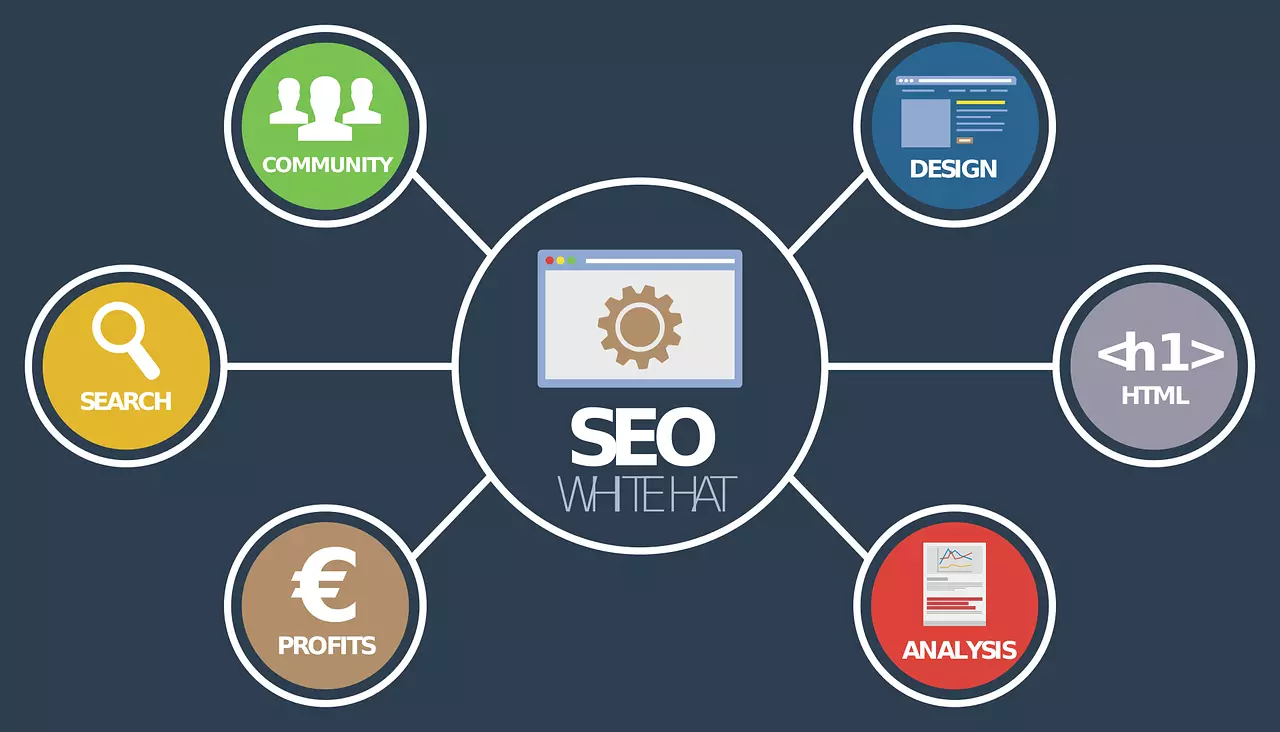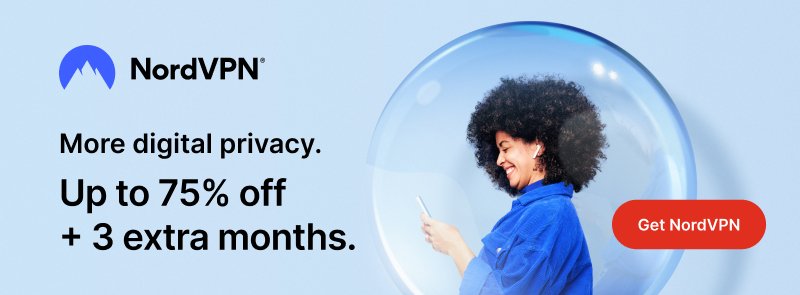Let's look for natural positioning in Google, what do we find?
With people who are looking for natural SEO positioning, but who are also looking to do it through tricks and not with naturalness. As my grandmother would say, we want "egg, birdie and nest" and that can't be.
SEO is to generate quality content that arouses interest, with a website that solves a problem or need, oriented to the way in which the user searches for that specific information and indexable by search engines. That is SEO.
If you are looking for shortcuts to come out first in Google, I give you a clue: there are none. Or rather, there are few, they are not that effective, they are ephemeral, they pose a significant risk to your website and generally take more work than generating value. And if you want to generate value, content will be your main ally in this mission.
If you are still looking for quick methods that may or may not work, you are already late to Google "black hat SEO", "link exchange", "blog networks" or "free articles and press releases" because this post is not about that. This post is about techniques that will work this week and next week, that will make you grow steadily and that will never ever get you penalized.
1. Know your users
The first thing is to know who you are targeting. Each audience consumes information differently. For example, this post could be called "Content marketing tactics for SEO", but it would be aimed at a smaller and more specialized audience and the advice would be different.
To find out what people are searching for, you can use Google's search tools, Google Keyword Tool y Google Trends.
Not everything is given to you by a tool. If you have a website about cats, it will suggest you similar searches: cat videos, cat websites, cat pictures or you can even go to synonyms like felines, for example. But you may not have detected important niches such as "videos to cheer you up" or "videos for when you are sad". Your content solves needs, find out what they are, in what ways they can be expressed, and create specific content.
In short: find out what needs you satisfy, how they are sought, what competition you have and become the brand they would want to see.
You can help yourself by creating personas to make it easier to customize content depending on the different types of users you may have.
2. Have a plan
Content must be planned. You must have a clear and numerical objective -never exclusively SEO- a specific audience and a lot of ideas and willingness to try.
If you don't plan your content with an editorial calendar, varying formats, specifying what type of user each content is aimed at and focusing on a specific action during their visit (give you an e-mail, read more posts, follow you on Twitter, etc.) it will be difficult to know if you are doing it right or wrong and you will depend only on your intuition to move forward.
3. Use a blog
Your blog is not only a great tool for creating content that attracts Google to achieve great natural ranking posts, but it also allows you to:
- Generate links: If you generate shareable content, users will share it, links included, which will benefit the domain as a whole. It's not all about the post being good, it also helps if your blog is a reliable and reputable source.
- Create relationships: It's as simple as linking to third-party sites. Millions of people are generating valuable content on different topics, and surely one of them has created a resource that complements your post perfectly: link to it. Then, if you want, mention them on Twitter, let them know you're talking about them and sound them out.
- Reinforce your brand: Take care of the aesthetic aspect of your blog, reinforce the identity of your company or your own, use the sides, header and footer to meet your branding objectives and take care of aspects such as the color palette, images, that all elements are translated...
4. Friends even in hell
Let's not fool ourselves, getting quality links is a matter of relationships. Not only having a large group of friends and acquaintances in the online environment -which is also important- but also knowing how to generate an impact on the person we are addressing so that he/she wants to follow us, link to us, become our friend.
As always, let yourself be seen at events, beers, breakfasts and any other excuse where you meet bloggers or people in your niche. It will allow you to put faces to people, build relationships, and this will lead to everything else.
5. Dive in Social Networks
Natural positioning depends largely on the impact you get on social networks, mainly because it allows you to establish relationships, it is a positioning factor itself, it confirms your link profile and gives you visibility and branding. You're not going to get links if no one knows about you and if your content doesn't have a brand that is safe to link to.
And don't just stick to Instagram, Twitter or Facebook: networks like LinkedIn or TikTok can be very useful, depending on what sectors and what brands. Even niche blogs and forums can be great tools, even if they require more research. They will get you visibility in your specific target and will be fundamental to capture your first followers. Don't forget about them.
6. Create joint initiatives
Do you like what you do? Try combining it with what others do. Alloys are stronger.
It can be working on a static page about all the influencers of a sector in blog Spain, or a niche one adjacent to yours with a similar theme. For example, if you talk about Social Media, why not collaborate with 5 friends to create a Tumblr with different brands' Social Media screw-ups, or a WordPress with the most obvious paid tweets?
It will give you visibility outside your blog, page and social profiles and will allow you to get out of the routine to experiment with new things.
7. Reserve the best content for others
If you are going to make content, reward those that are going to have more visibility.
If you are looking for blogs and media in which to participate sporadically -guest blogging- try that they have a wider reach than your platform, or that you reach a niche that you could not reach otherwise. Then, reserve the best content for them. If you can reach 1,000 people on your blog and 10,000 on another blog, focus on the content that will give you the most visibility.
8. Respect branding as an SEO tool
Branding is fundamental in SEO. If no one knows you, no one is going to search for your brand, remember that SEO traffic for terms with your brand name is also natural SEO. Having a strong brand will not only make people search for you more, but it will make you a reliable source and increase the click-through rate of your results and the chances of them being shared and linked, that is, SEO everywhere.
9. Video, video and video
Visual content is the most consumed on the Internet and video is king. Whether you use Instagram TV or upload videos of your products to Youtube, you have to continuously test formats that increase your visibility.
Mainly because videos rank very well by themselves in very competitive searches and because they reinforce textual content such as a post and generate much more branding, authority and trust.
One example is MOZ Whiteboard Fridays.
10. Change the format
There is no single winning format. Each type of target usually has one or two preferred formats, but even so, a person can consume content in many ways. For example, on the weekends you share YouTube videos with your friends, on the way to work you read an e-book, you usually consume interesting articles for your profession, when you get home you look at Instagram -eminently visual- and Twitter -eminently textual- and before going to bed you laugh for a while with TikTok and Pinterest. And if you use so many formats, so does your audience.
Work with different content formats and test which ones work with your audience: publish a vignette every now and then? videos? powerful images? or texts such as posts, whitepapers, e-books and studies?
Varying the format will allow you to reach new audiences, build loyalty with those who already read you and consolidate your content strategy by discovering what works and what doesn't, and your natural positioning will grow enormously as soon as you find it.
11. Think about the domain name
Force yourself to think holistically: natural positioning is no longer about the content on a page, but about the domain as a whole. If you create a post about unicorns on a blog dedicated to Death Methal, it will be much more difficult to rank well than the same post on a children's blog, no matter how good the content is and how good the page metrics are.
This does not mean that you should only talk about one topic, but it helps you to be aware of your strengths and weaknesses.
12. Find a good balance between quality and quantity
Everyone will tell you that quality over quantity, but there are many times when the high quality content you can generate is not going to have enough impact, so it's not worth spending too much time on it.
If you don't yet have contacts, SEO traffic or links, it's best to focus on quick and easy-to-make content. Never mediocre, but don't pretend to do the Sistine Chapel in every post, because nobody will read you. If you focus on long tail keywords, build relationships, ask for a couple of links here and there, and intersperse some exceptional posts in guest blogging, in a few months you will have a greater capacity and you should tend towards higher quality posts even if it means lowering the quantity.
Finding the balance is what distinguishes a good blogger from others.

 Español
Español Français
Français Italiano
Italiano Українська
Українська 在中文
在中文 Русский
Русский Português
Português Deutsch
Deutsch



